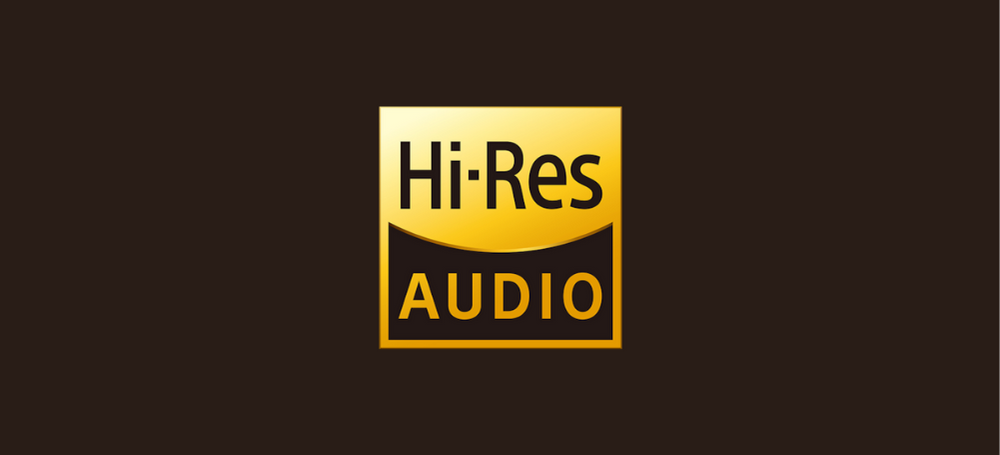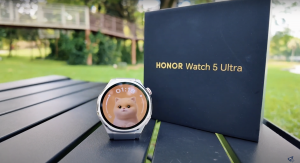Those that listen to music the most are always looking for new methods to enjoy it in its purest form. We now live in a time when a better listening experience is possible, when high-resolution audio or hi-res audio is easily accessible thanks to streaming services and some Android devices with full compatibility.
One of the most intriguing aspects of hi-res audio as a concept is that it lacks a specific definition. There are no standards that specify what bit depth or sample rate a high-resolution audio file must have. Typically, high-resolution audio refers to anything of higher quality than CD-quality audio. CD-quality audio is defined as 16-bit, 44.1 kHz; hence, hi-res audio refers to audio files having a better quality.
Most high-resolution audio files and streams will be 24-bit as opposed to 16-bit, which is often the most noticeable auditory improvement. Typically, sample rates are 44.1 kHz, 48 kHz, 96 kHz, or 192 kHz, but they can be higher. Rarely do high-resolution audio files contain 32 bits and sampling rates of up to 384 kHz. Many high-resolution audio files are lossless, however not all formats are lossless.
What is Lossless Audio?
On occasion, the terms high-resolution audio and lossless audio are used interchangeably, however they are not synonymous. Lossless audio refers to the form of file compression (or lack thereof) that is utilized to reduce file size or stream bitrates. This is in contrast to lossy compression, which degrades audio quality to lower file sizes. MP3 is the most well-known type of lossy audio compression, although its popularity is falling in favor of formats with superior sound quality. While lossless audio has a place in high-resolution audio, lossless audio does not qualify as high-resolution audio because CD audio is lossless.
Hi-Res Audio format
When looking for high-resolution music, FLAC, or the Free Lossless Audio Codec, will be the most prevalent format. The Apple Lossless Audio Codec, sometimes known as ALAC, is less frequently seen. Both give high-resolution audio in a lossless format while maintaining appropriate file sizes.
Hi-res music is occasionally distributed as uncompressed PCM WAV files, however this is uncommon due to the size of the files. Although they occasionally appear as downloaded digital copies of vinyl recordings, you shouldn’t count on seeing them too frequently.
The bit-depth and sample rate of these formats serve to explain the resolution, whether you’re dealing with lossless or lossy data. You’ll notice that this is widely referred to as a 24-bit, 96 kHz album, for instance. Other high-resolution audio formats operate considerably differently in light of this.
DSD, or Direct Stream Digital, is a popular high-resolution audio format that uses a single bit of information but at a significantly greater sample rate than CD quality audio. The original DSD format had a sample rate 64 times faster than a CD, which is why it is also known as DSD64.
Over time, more detailed DSD formats, such as DSD128 and DSD256, have evolved, all designated in the same way as the original standard. These are frequently used for quieter, more detailed recordings, such as classical music and jazz. There is a specification for a higher-quality version, DSD512, but it does not appear to be in use anywhere at the moment.
Finally, MQA, or Master Quality Authenticated, is a rather contentious format. MQA has the advantage of being able to be used while an album is still in production, allowing the artist to preview exactly how the finished product will be delivered. There was some debate about how MQA was initially advertised, because it didn’t always sound better than the CD-quality audio it was attempting to replace. However, it has advantages, particularly for streaming. TIDAL, a streaming service, is one of the most notable users of MQA.
How to listen to Hi-Res Audio
Just go to your preferred streaming service if you want to try hi-res audio. Although not all streaming services currently enable high-resolution audio, this seems inevitable. High-resolution audio can be found in services like Apple Music without even having to pay an additional fee. High-resolution audio is available with higher-tier subscriptions from other services.
TIDAL, for example, has a Hi-Fi plan that streams lossless music, but it isn’t the highest quality it offers. You’ll need to upgrade to Hi-Fi Plus to get MQA, as well as Dolby Atmos and Sony 360 Reality Audio. Spotify’s support for high-resolution audio remains a mystery. Spotify Hi-Fi was announced for 2021, but the service has yet to launch at the time of writing. Initially, it appeared that this would be a higher-priced tier, but considering Apple Music’s free inclusion of hi-res audio and Spatial Audio, Spotify may reconsider that plan. While there are numerous sources for high-resolution audio, it won’t matter if you listen on your phone’s built-in speaker.
Source : How-To Geek






More Stories
Samsung’s Galaxy Unpacked event would take place on August 10.